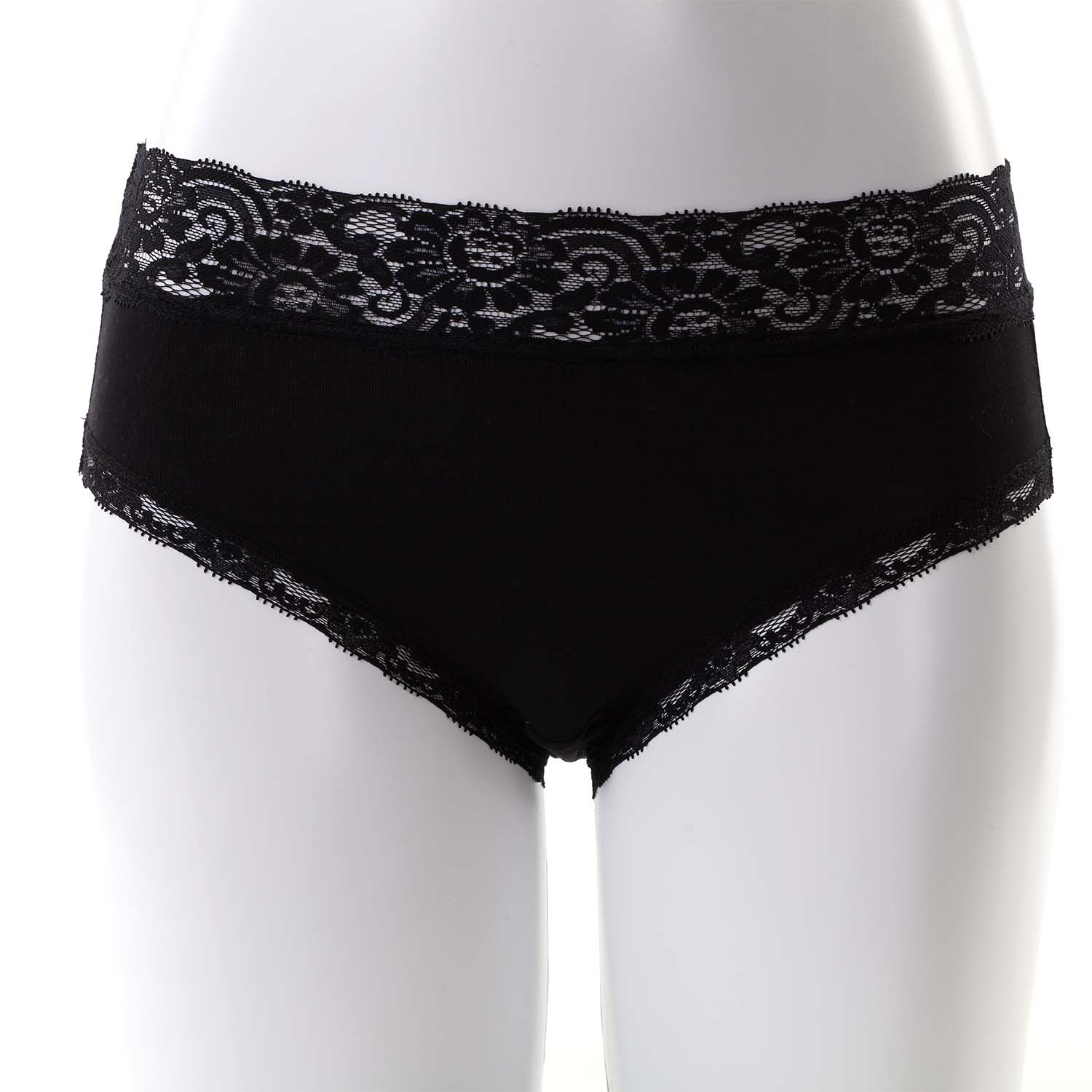How to ensure the durability of women's mid-rise style panties during washing and wearing?
Follow Care Instructions: Care labels provide vital information specific to the panties' fabric composition and construction. Always read and follow these instructions carefully to ensure proper washing temperature, recommended detergent types (usually mild or formulated for delicate fabrics), and any special care requirements such as hand washing versus machine washing.
Use Gentle Detergent: Opt for a mild detergent that is free from harsh chemicals like bleach or enzymes. These substances can weaken fabrics and elastic fibers, leading to premature wear and tear. Look for detergents specifically labeled for lingerie or delicate fabrics, as they are formulated to clean gently without compromising material integrity.
Hand Wash or Gentle Cycle: Hand washing is the gentlest method to clean panties. If using a washing machine, select a delicate or lingerie cycle with cold water. Cold water helps preserve fabric colors and elasticity by reducing the stress caused by heat and friction. Additionally, using a gentle cycle minimizes the risk of excessive agitation that can stretch or damage the fabric and elastic bands.
Mesh Laundry Bag: Place panties inside a mesh laundry bag before washing to protect them from tangling with other garments and to minimize friction that can cause fabric pilling or snags. The mesh bag acts as a barrier, shielding delicate fabrics from the harsher elements inside the washing machine drum, thereby extending their lifespan.
Avoid Fabric Softeners: Fabric softeners contain chemicals that can coat fabric fibers and reduce their absorbency, while also weakening elastic fibers over time. Instead of fabric softeners, consider using a small amount of white vinegar during the rinse cycle to naturally soften fabrics and remove detergent residue without compromising elasticity.
Air Dry: Heat from tumble drying can be detrimental to elastic fibers, causing them to lose their stretch and shape. To preserve the elasticity and fit of panties, air dry them by laying them flat on a clean, dry towel or hanging them on a drying rack away from direct sunlight and heat sources. Air drying not only prevents shrinkage but also maintains the panties' overall shape and comfort.
Proper Storage: Store panties in a cool, dry place to prevent exposure to moisture and humidity, which can accelerate fabric degradation and promote bacterial growth. Avoid folding panties in a way that may stress or distort elastic bands over time. Instead, store them flat or neatly rolled to maintain their shape and elasticity between wears.
Rotate Usage: Regularly rotate through a selection of panties to distribute wear evenly across multiple pairs. This practice allows elastic fibers to recover their shape and elasticity between uses, reducing the likelihood of overstretching or premature wear. By rotating panties, you can extend the overall lifespan of each pair and ensure consistent comfort and fit.
Regular Inspection: Periodically inspect panties for signs of wear, including loose threads, stretched elastic, or thinning fabric. Promptly replace worn-out panties to maintain optimal comfort, fit, and garment integrity. By addressing signs of wear early, you can prevent further damage and extend the usability of your panty collection.
Avoid Rough Surfaces: Handle panties with care, especially around rough surfaces or abrasive materials that can snag delicate fabrics or tear elastic bands. Minimize exposure to rough surfaces during both wearing and washing to preserve the panties' appearance and structural integrity. Gentle handling ensures that panties retain their softness, shape, and comfort over time.
Women's Mid-Rise Style Panties


 English
English 日本語
日本語












